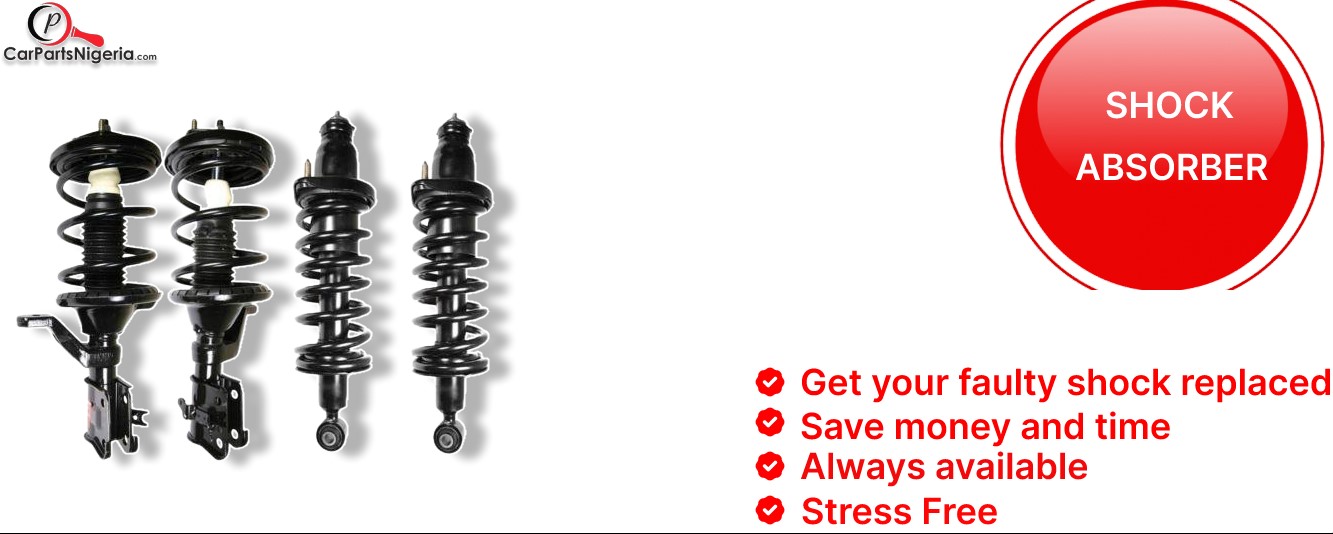Blog

The Car Shock Absorber
shock absorbers are hydraulic (oil) pump like devices that help to control the impact and rebound movement of your vehicle’s springs and suspension. Along with smoothening out bumps and vibrations, the key role of the shock absorber is to ensure that the vehicle’s tyres remain in contact with the road surface at all times, which ensures the safest control and braking response from your car.
WHAT DO SHOCK ABSORBERS DO?
Essentially, shock absorbers do two things. Apart from controlling the movement of springs and suspension, shock absorbers also keep your tyres in contact with the ground at all times. At rest or in motion, the bottom surface of your tyres is the only part of your vehicle in contact with the road. Any time that a tyre’s contact with the ground is broken or reduced, your ability to drive, steer and brake is severely compromised.
Despite popular belief, shock absorbers do not support the weight of a vehicle.
SHOCK ABSORBERS IN MORE DETAIL
Shock absorbers work by taking the kinetic energy (movement) of your suspension and converting it to thermal energy (heat) that is then dissipated into the atmosphere through the mechanism of heat exchange.
But it’s nowhere near as complicated as it may sound.
As mentioned, shock absorbers are basically oil pumps. A piston is attached to the end of a piston rod and works against hydraulic fluid in the pressure tube. As the suspension travels up and down, the hydraulic fluid is forced through orifices (tiny holes) inside the piston. Because the orifices only allow a small amount of fluid through the piston, the piston is slowed which in turn slows down spring and suspension movement.
Posted on December 2022,08 // Author: Admin